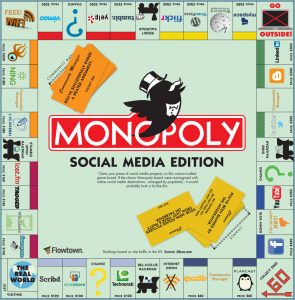At the Festival of Learning, I attended Dr. Greg Chan’s sessions:
This was a terrific opportunity to spend a day exploring web visibility in my professional life and planning for changes in my online portfolio. Below are a list of links and random ideas related to the workshop and my learning.
How do I show up?
To check what shows up when I Google myself, open up an incognito window in Chrome and search my name. Any surprises? I was happy to see that what appeared was: my isabeauiqbal.ca site, my CTLT affiliation (I expected this to be lower down), my LinkedIn, Twitter, and then some pictures (mostly me).
Sites: Must have/Good Idea/Maybe
- According to Greg, the “must join” list is: Twitter, Facebook (just can’t do it), LinkedIn and Google+
- for research specific: Academia.edu, ORCID and Research Gate (Consider Google Scholar). Greg said ORCiD was especially good for researchers wanting to collaborate and gain greater exposure. The site gives you something like a DOI and also a QR code (which you can make part of your conference presentation)
- the “strongly consider” joining list is: Pinterest, Instagram, YouTube
- the “think about” list is: Storify, Litsy
Twitter: Hashtags and Abbreviations to Know about
#WednesdayWisdom
#Scholar Sunday
#AcaDowntime
ICYMI – (in case you missed it)
FTW (for the win) – sometimes about yourself, but can be of someone else to celebrate their accomplishment
HT (hat tip) – give an accolade to
PRT – please retweet (If you want to make RT stronger, tag people)
TT – throwback Thursday
YOLO – you only live once (i.e. photo of you Skydiving or less dramatic)
Building your Site and Hosting
- Squarespace (lots of templates, 20 pages in basic package)
- asmallorange
- WordPress
- Wix
Efficiency
- Consider Hootsuite or Buffer to manage posts on social media
- Gravatar – changes your picture in all your social sites
- Tweet deck (visually helpful way to see what you want to see on Twitter)
Other
- PicMonkey: edit your pictures
- Medium.com: cross post from my blog to this site (Thanks for the suggestion @trent_g)
- Fiverr: Hire people to help with WordPress, photo editing and tons more
For additional perspectives on Greg’s sessions, you can also see:
@fol_media #socialmediaBCTLC #FoL16
My Next steps for Social Media Presence
As a result of attending Greg’s workshops, here is what I have committed to:
- Change the look of my existing isabeauiqbal.ca site to something that looks more like kathleenbortolic.com
- Build my academia.edu profile (was dormant and I only vaguely remembered I had it)
- I will further explore and consider ORCID, Vitae and Research Gate.



